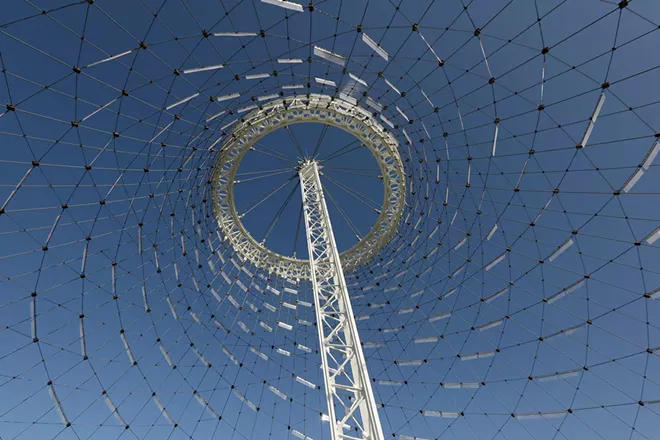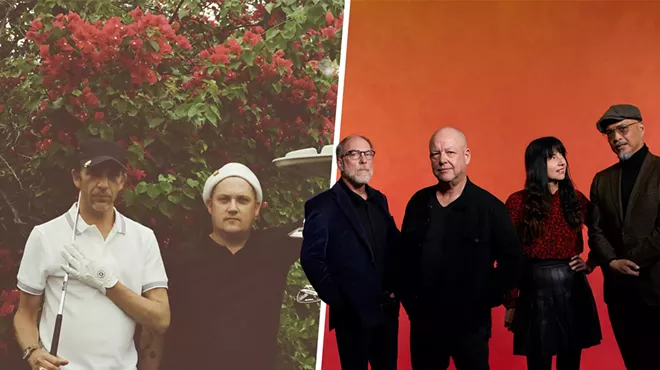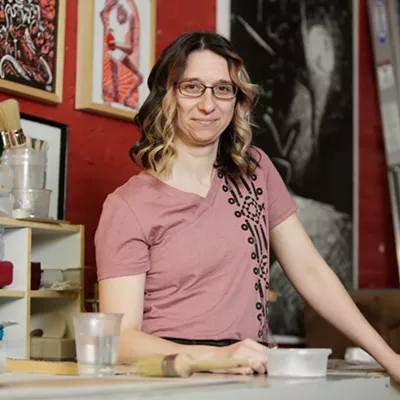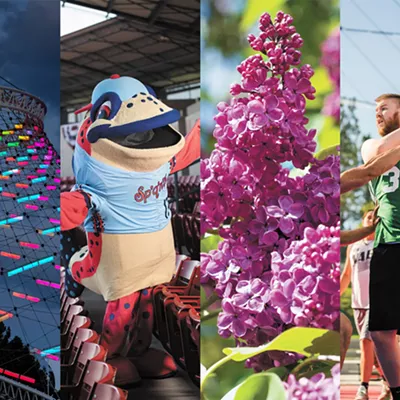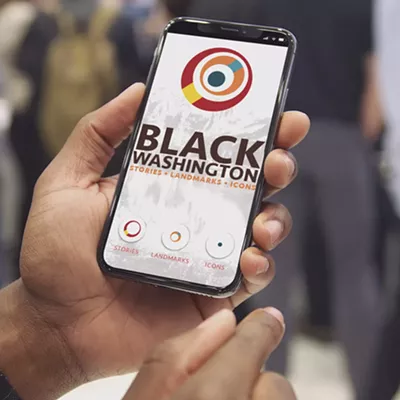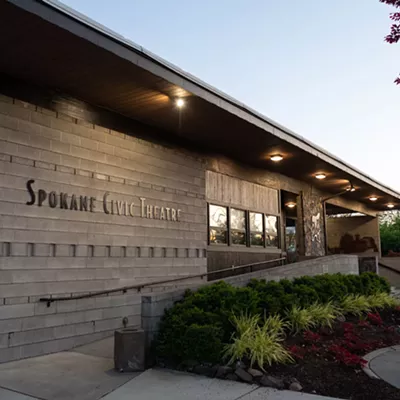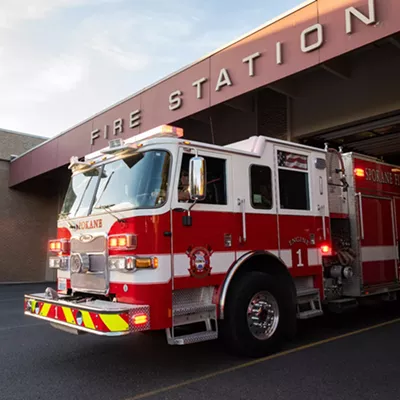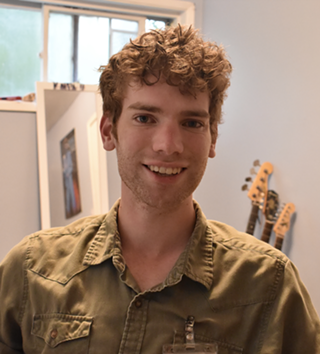At its peak, the World's Fair was a chance for cities to wow visitors with massive, awe-inspiring structures that promised a unique vision of the future. But the world inevitably moves on, and the cities that spent millions on those experimental structures are left with a simple question: What happens next?
In Washington state, two World's Fair relics attempt to answer that question. After several decades and significant renovations, both stand today as landmarks of their respective cities.
The Seattle Space Needle is the famous one.
The Space Needle was built for the 1962 World's Fair with lofty, space-age ambitions. Today, the structure is instantly recognizable. It's a towering, futuristic saber that pierces the Seattle skyline — a world-famous symbol that ranks with icons like the Golden Gate Bridge, the Statue of Liberty and maybe even the Eiffel Tower.
The same can't really be said for Spokane's Pavilion.
The Pavilion was built for the 1974 World's Fair that was focused on the environment and (quite literally) more grounded. The tent-like structure is unique, but it's certainly not world famous, and I doubt most Americans would instantly recognize its silhouette.
Despite that, I think the Pavilion is actually cooler than the Space Needle.
Ask someone from Seattle about their last trip to the Space Needle. They'll probably tell you about that time a few years ago when their relatives were visiting from out of town. They couldn't think of anything else to do. They spent $35 on an elevator ride. The sit-down restaurant at the top was too expensive, so they bought food from the Observation Deck Cafe, which charges $10 for a can of Rainier. They left with a dorky T-shirt and a couple selfies. It was cloudy and the view was alright.
Now ask someone from Spokane about the last time they were at the Pavilion.
Maybe they were last there for Hoopfest, part of a mob of fans cheering as people competed in a slam dunk contest on a temporary basketball court. Maybe they'll tell you about a concert they saw there over the summer. Maybe they were there last week, lying on the grass with a date watching the rainbow lights dance above them on the first warm night of spring. Maybe they walk by it every morning on their way to work.
Public art and architecture so often strives to be bold and iconic — it's easy to overlook the public it's actually there to serve, and the way it interacts with the daily, lived experience of the people who call the city home. When you compare these two World's Fair icons, ask yourself: Who was this built for? When the visitors leave, how does this serve the people who live here?
You wouldn't know it from most photographs, but the Space Needle isn't even really in downtown Seattle. It's closer to Queen Anne and South Lake Union, a neighborhood with a distinct culture defined by the software made there.
The Pavilion, on the other hand, is in the beating heart of Spokane. And when it's not being used as an event space, the Pavilion is totally free. Anyone can wander around, sit on the grass or take in the views from the elevated walkway.
And while the Space Needle might tower above the Pavilion, it's important to remember that the 600-foot-tall structure has, in practice, just three floors.
Don't get me wrong: the Space Needle is cool. It's a weird building that makes Seattle recognizable and looks good on touristy T-shirts. But the Pavilion is a place. It's for the people who live here. ♦

